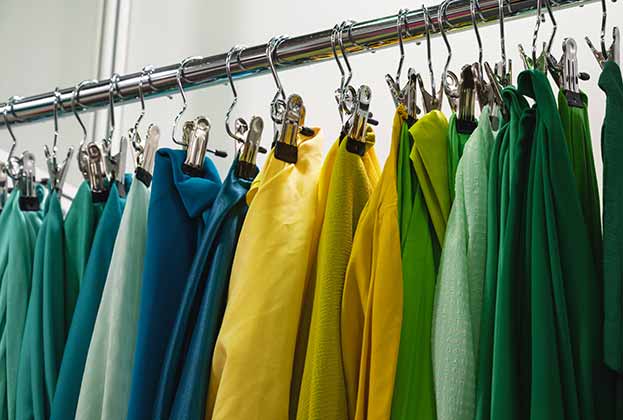The 2022 cost of living crisis, associated energy prices and war in Ukraine have brought security of supply rapidly into focus.
Consumers are impacted by energy costs both through their home bills, but also through onward purchase of goods; with one supermarket chain stating that their energy bills have gone up 400 per cent in 2022 and passing at least some of this cost onto their customers is unavoidable. Retailer and landlords are therefore increasingly focusing on aligning with renewable energy, both in terms of sourcing and in generating clean energy.
The Government has targeted 100 per cent low carbon energy supply by 2035 and, while we can debate the likelihood of reaching this objective, we can all agree that we’ll see a step change in the development of renewables over the coming decade.
Even if we increase our national generation of clean energy, it takes time to get them online (nuclear, for example), or its distribution and storage (wind and solar, for example).
In most cases, the mainstay stopper is the ability to connect into large enough infrastructure to be able to distribute the renewable generation. National Grid and the Distribution Network Operators need to make considerable physical changes to their networks to accommodate. This means the requirement for new land for new equipment, time to upgrade overhead lines, and so on.
In Scotland, where a huge amount of wind generation is settled, they are having to pay generators to stop generating as there is not enough demand in these areas to accommodate it. Undersea cables are beginning to take many gigawatts (GW) of renewable generation south of the border.
The energy hierarchy and trilemma
In principle, adapting lots of sites to produce or provide vast amounts of energy sounds like an excellent solution to meeting the growing need for cleaner energy. However, there are some key issues that need to be considered that can reduce practicality and increase cost if full due diligence is not undertaken.
The energy hierarchy is a classification of energy options, prioritised to assist progress towards a more sustainable energy system. The energy hierarchy doesn’t discount the importance of renewable energy, but puts more focus on the ‘lead in’ to using renewables. It follows the strategy that we should all undertake when assessing our needs, principally following the need to understand your energy through measurement, efficiency, and management before looking to actually implement renewable measures.
To put this another way, seeking more renewable energy sourcing or production are themselves meaningless objectives if not part of a wider strategy to optimise energy efficiency. The Carbon Trust suggest that for retailers a 20 per cent cut in energy costs can represent the same bottom-line benefit as a 5 per cent increase in sales.
According to the World Energy Council, the energy trilemma is finding the balance between security of supply, affordability, and sustainability. The UK performs relatively well in terms of energy security, but less so on sustainability, and barely registers on affordability. There’s a misalignment in meeting the objectives of producing clean and cheap energy as the infrastructure is often too antiquated to meet rapidly evolving needs and technologies.
Furthermore, we haven’t quite resolved the issue of energy availability and point of production. Too often, we have renewables when we don’t need them: a gap between daytime (30p/kWh) pricing and night time (7.5p/kWh) is increasing under energy trilemma.
While energy solutions are rarely straightforward to implement, they remain an important way for landlords to address their own energy usage and supply. The journey to net zero will not be an easy one but, with the added confusion around energy price caps and indefinite government support, organisations should focus on the fundamentals: collect good energy data and take a whole system approach that considers energy efficiency before renewables. Those that do will be best placed to deliver positive change.
Further information
Contact Thomas McMillan or Michael Lock
Delivering a more sustainable marketplace for delivery
Real Estate Insights Podcast: Savills Earth Series – Episode 2, The Energy Crisis

.jpg)



.jpg)




